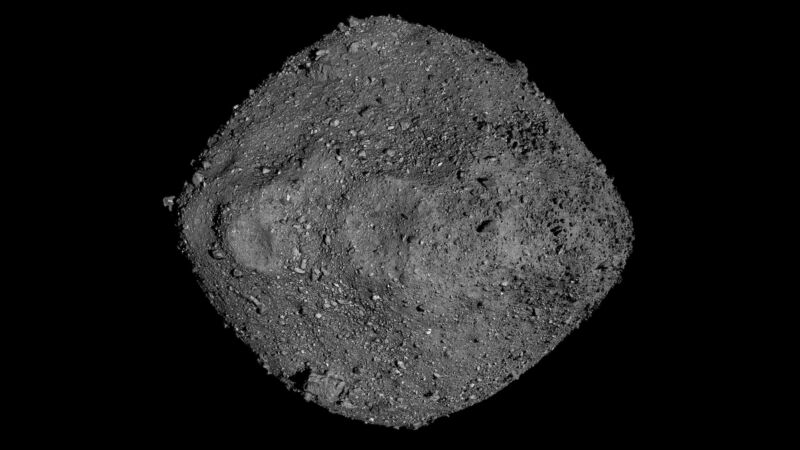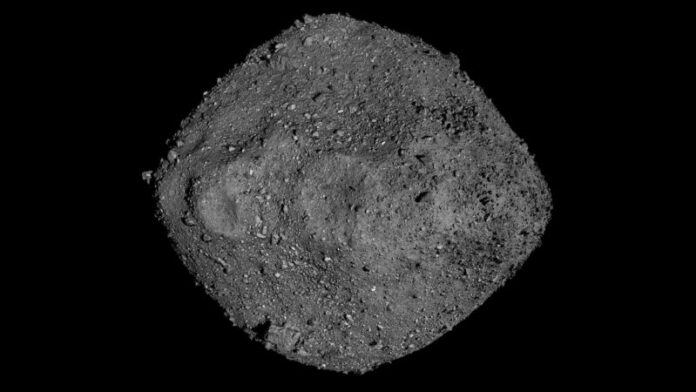
Enlarge / Scientists created this mosaic of asteroid Bennu using imagery collected by NASA's OSIRIS-REx spacecraft. The asteroid spans about 1,600 feet (500 meters) across.
A NASA spacecraft will complete a round-trip journey to an asteroid this weekend, returning to Earth after a seven-year voyage to bring back unspoiled rock specimens from an alien world that could yield insights into the formation of life.
The landing Sunday at 8:55 am local time in Utah (10:55 am EDT or 14:55 UTC) will wrap up a round-trip journey of 4.4 billion miles (7.1 billion kilometers) for NASA's robotic OSIRIS-REx mission. The return will set into motion another sequence of tightly-choreographed events to secure the asteroid sample capsule, fly it halfway across the country to a NASA facility at the Johnson Space Center in Houston, then open it up to reveal the bounty inside.
"The spacecraft trajectory and performance have just been spot on," said Sandra Freund, OSIRIS-REx's program manager at Lockheed Martin, which built and operates the spacecraft on behalf of NASA. "We have just a few remaining steps before we have Bennu samples on the ground."
Read 55 remaining paragraphs | Comments
Ars Technica - All contentContinue reading/original-link]




